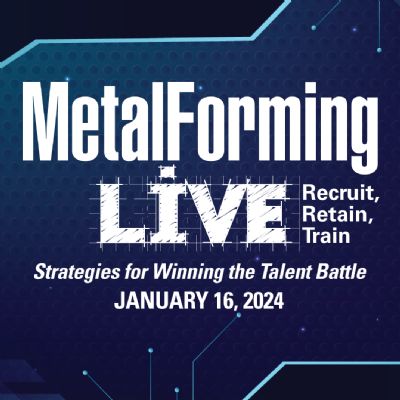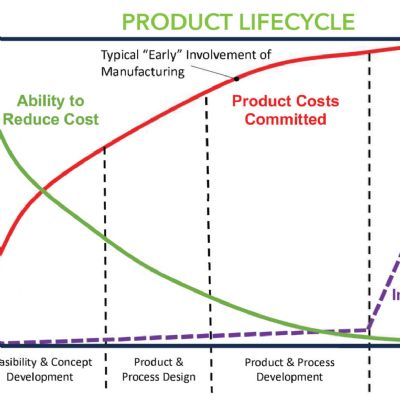EEO Smorgasbord
July 1, 2008Comments
OFCCP’s New Pay-Equity Tiered-Analysis Formula
For government contractors required to have an affirmative-action plan (AAP), the federal investigating agency, OFCCP, is auditing employers for pay-comparison equity (males vs. females; nonminorities vs. minorities) under a new statistical formula.
During audits, the agency is changing its Tier 1 analysis from 2 to 5 percent. Tier 1 analysis is intended to apply a simple statistical test to identify payroll differences that could be statistically significant (and bear more scrutiny). It also can be used as an administrative tool by employers to compare their pay equity to what the OFCCP investigators might find on an audit, allowing inequities to be addressed in advance of an audit.
How does this tiered analysis work? Tier 1 flags potential pay inequities, which should be further analyzed in a Tier 2 OFCCP-utilized compensation analysis. The process generally evaluates differences in pay when comparing the average wages/salaries of females (and of minorities) to the average wages/salaries of male employees by job title.
Under such an analysis, step one is to identify all situations where the difference in pay is greater than 5 percent (used to be 2 percent) and then count the number of situations where females (minorities) are disadvantaged and the number where males (nonminorities) are disadvantaged. Then in step two, if the percentage of affected disadvantaged females (minorities) is at least 10 percent (used to be 30 percent) and is three times larger than the percentage calculated for males (nonminorities), the establishment is likely to be flagged for further analysis by the OFCCP.
Washington State Supreme Court Maintains the Prelitigation “Work Product” Privilege Umbrella
In our soggy state, umbrellas enjoy special status. So do lawyer investigative records and interviews for clients anticipating litigation.
In the December 27, 2007, case of Soter v. Cowles Publishing Co., No. 78574-1, Washington’s State Supreme Court followed federal court decision in the 3rd (DE, NJ and PA); 4th (MD, NC, SC, VA and WV); 5th (LA, MS and TX); 8th (AR, IA, MN, MO, NE, ND and SD); and 11th Circuits (AL, FL and GA), lawsuit disclosure of a lawyer-retained private investigator’s witness interviews and notes. The court defined this broad protection and privilege thusly:
“The protection is triggered ‘prior to the official initiation of litigation and extends beyond the official termination of litigation where the work product doctrine is concerned, it is well-settled that the protection applies to materials created in anticipation of litigation, even after the litigation has terminated.
“All of the notes taken by attorneys or other members of a legal team when interviewing witnesses constitute opinion work product that will be revealed only in rare circumstances.”
Before starting any sensitive-issue investigation, it is wise to have one’s lawyer initiate the privileged investigation in writing, have the lawyer hire the investigator/consultants performing the study, receive instructions on how to stamp or mark all related documents as privileged and confidential, and maintain separate privileged-document files.







 Podcast
Podcast
 Webinar
Webinar